Did you know that for every dollar spent on UX, businesses see a remarkable $100 return — a staggering 9,900% ROI? (Source)
Crafting a user experience that delights, engages, and retains customers is no small task. It requires precision, empathy, and, most importantly, the right tools to dig into your users’ minds.
In the rapidly evolving digital space, solutions that gather insights and streamline research empower teams to move beyond guesswork and create products that resonate with users.
This blog examines the top UX research tools in different categories, each designed to address specific stages of the research process.

What are the different categories of UX research tools?
UX research tools are essential for effective research, offering solutions for everything from usability testing to data analysis. Choosing the right tools depends on the stage of research, the methods used, the organization’s scale, and the product being studied. These tools empower researchers to uncover actionable insights, streamline workflows, and improve user experiences.
Here’s a breakdown of the categories of tools that support UX research:
- Planning and organizing tools
- User/usability testing tools
- Analytics tools
- UX research repository tools
- Participant interview and recruitment tools
- Survey tools
#1. Top UX research tool – The complete package
VWO
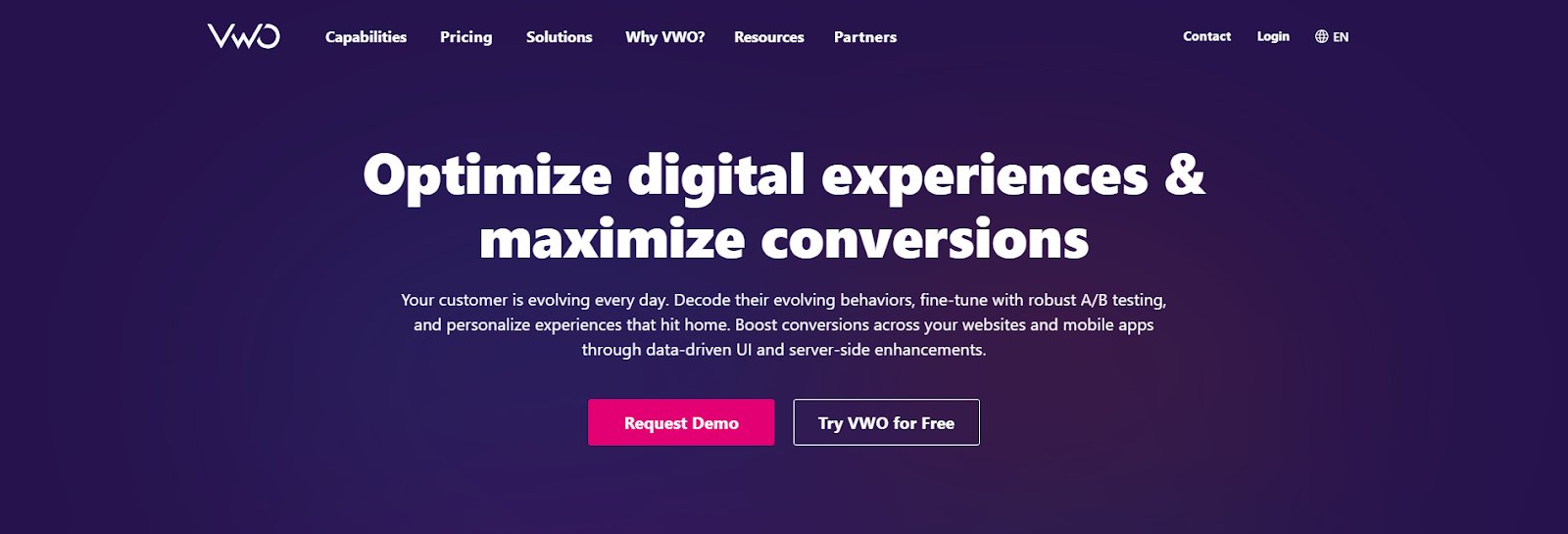
VWO offers a comprehensive solution that caters to diverse teams – from UX researchers and product managers to CRO specialists and digital marketing teams.
By combining behavioral analysis and testing capabilities in an integrated platform, VWO enables you to uncover insights and act on them instantly. This unified approach ensures teams understand user behavior, identify opportunities, and implement data-driven improvements while maintaining efficiency and cross-organizational collaboration.
VWO Insights: Understanding user behavior
Transform raw data into actionable insights with a seamless workflow that connects user behavior analysis directly to optimization efforts. Unlike other tools, VWO Insights offers an all-in-one solution combining surveys, behavior analytics, and form optimization within a single platform.
- Session recordings: Watch real users navigate your site to understand their journey and pain points
- Heatmaps, scrollmaps & clickmaps: Visualize user engagement patterns and interaction hotspots
- Form analytics: Track form completion rates and abandonment points
- Conversion funnels: Analyze user paths and identify drop-off points
- Website surveys: Gather customer feedback and leverage features like
- AI-generated questions based on your goals
- AI-summarized survey reports with actionable insights
- Multiple survey formats to gather succinct and detailed feedback
- Contextual triggers to decide when to show a survey
- Multilingual surveys to collect responses from any geography
- Survey logic based on previous responses and more
Use VWO Copilot to automate data analysis from heatmaps and session recordings, gain actionable behavioral insights, and implement optimization recommendations to enhance visitor engagement.
VWO Testing: Implementation and validation
Once insights are gathered through user research, VWO Testing enables you to formulate data-driven hypotheses and validate them to deliver experiences that resonate with your visitors.
The testing capability enables you to:
- Test any part of the visitor journey—front-end, back-end, or middleware—with control and variations.
- Tailor your test audience using built-in options, custom targeting, or behavior-based attributes and events.
- Track standard or custom metrics for business goal optimization to monitor conversions, revenue, and more.
- Make confident, data-driven decisions with real-time impact reports based on Bayesian statistics.
- Push winning experiences to production instantly, ensuring no conversions are missed.
VWO Plan: Planning and organizing
Effective project management and planning are essential for successful UX research. By organizing tasks, timelines, and resources, teams can align with business priorities shaped by user needs. For example, if a test is planned to address an increasing bounce rate on the product page, it takes priority. Through a project management tool, you ensure that it stays on track without losing sight of other tests and their progress.
VWO Plan enables your team to uncover growth opportunities in the visitor journey, plan impactful experiments, track test statuses, and see them through to completion. It offers features such as:
- Centralized insights repository
- Collaborative ideation and documentation
- Experimentation prioritization
- Impact tracking on core business metrics
- Kanban board workflow management
Features: No-code editor, AI Copilot, Dashboards
Pricing:
- Free trial: 30 days, all feature inclusive
- Paid: Custom pricing plans based on your business requirements.
ArchiveSocial leveraged VWO to enhance user experience and conversions. They used scrollmaps to identify areas of friction on their website and then conducted A/B tests to implement improvements. This insights-based optimization approach led to a 101.68% increase in click-through rate and significantly boosted user engagement on its website.
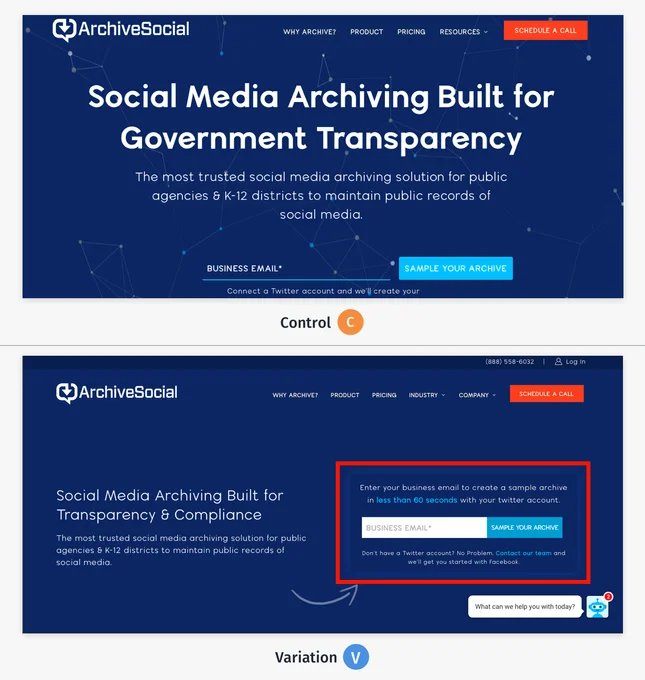
#2: UX research tools for planning and organizing
The success of UX research begins with proper planning and organization. These tools are essential for managing research logistics, tasks, schedules, and resources and ensuring alignment with project objectives. Enhancing collaboration and simplifying workflows, planning, and organizing tools help teams conduct efficient and impactful research.
Notion
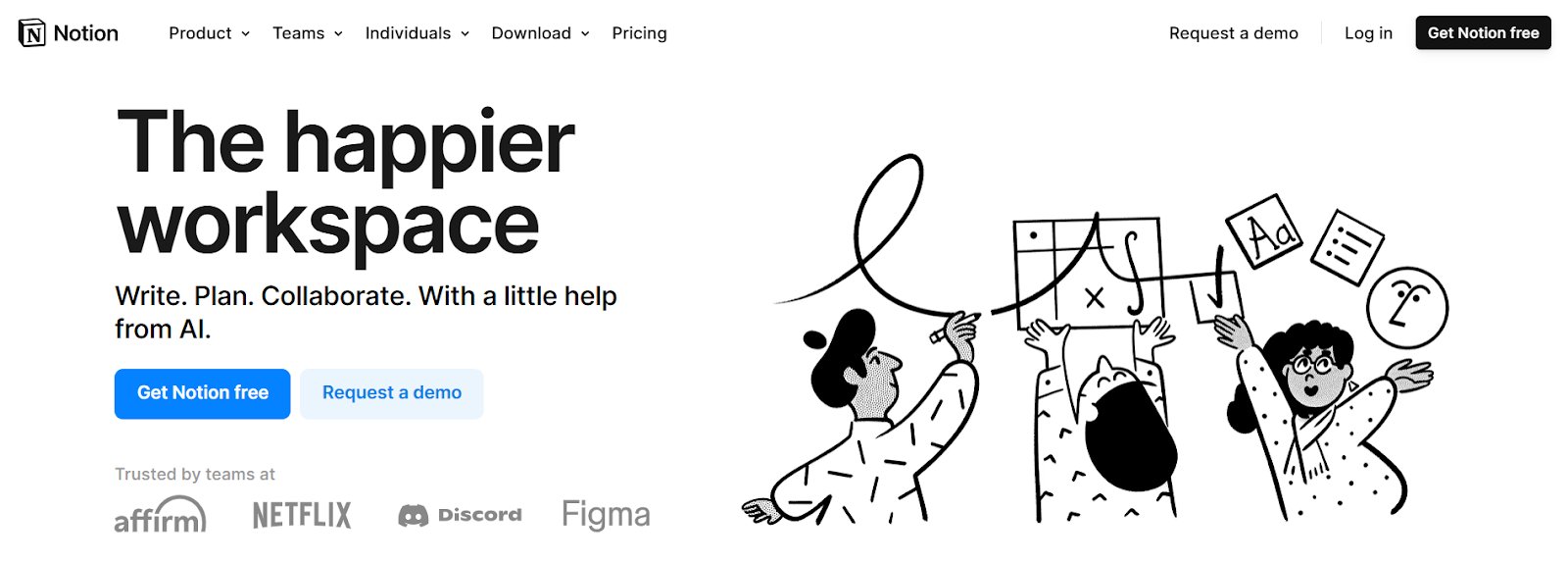
Notion is an all-in-one workspace that combines project management, documentation, and team collaboration in a single, flexible platform. From organizing tasks and goals to streamlining knowledge management, Notion adapts to how teams work.
Further, Notion AI integrates into your workspace, enabling content generation, file analysis, and insights from sources like Notion, Slack, and Google Docs.
You can translate documents, generate summaries, or explain technical jargon with one-click simplicity.
Features: Personalized Editor, AI Connectors Beta, Notion AI, 20000+ Templates, Wiki, Docs & Projects
Pricing:
- Free: for individuals
- Plus: $10/seat/month, billed annually- for small teams
- Business: $15/seat/month, billed annually- for growing businesses
- Enterprise: Custom quotes
Airtable
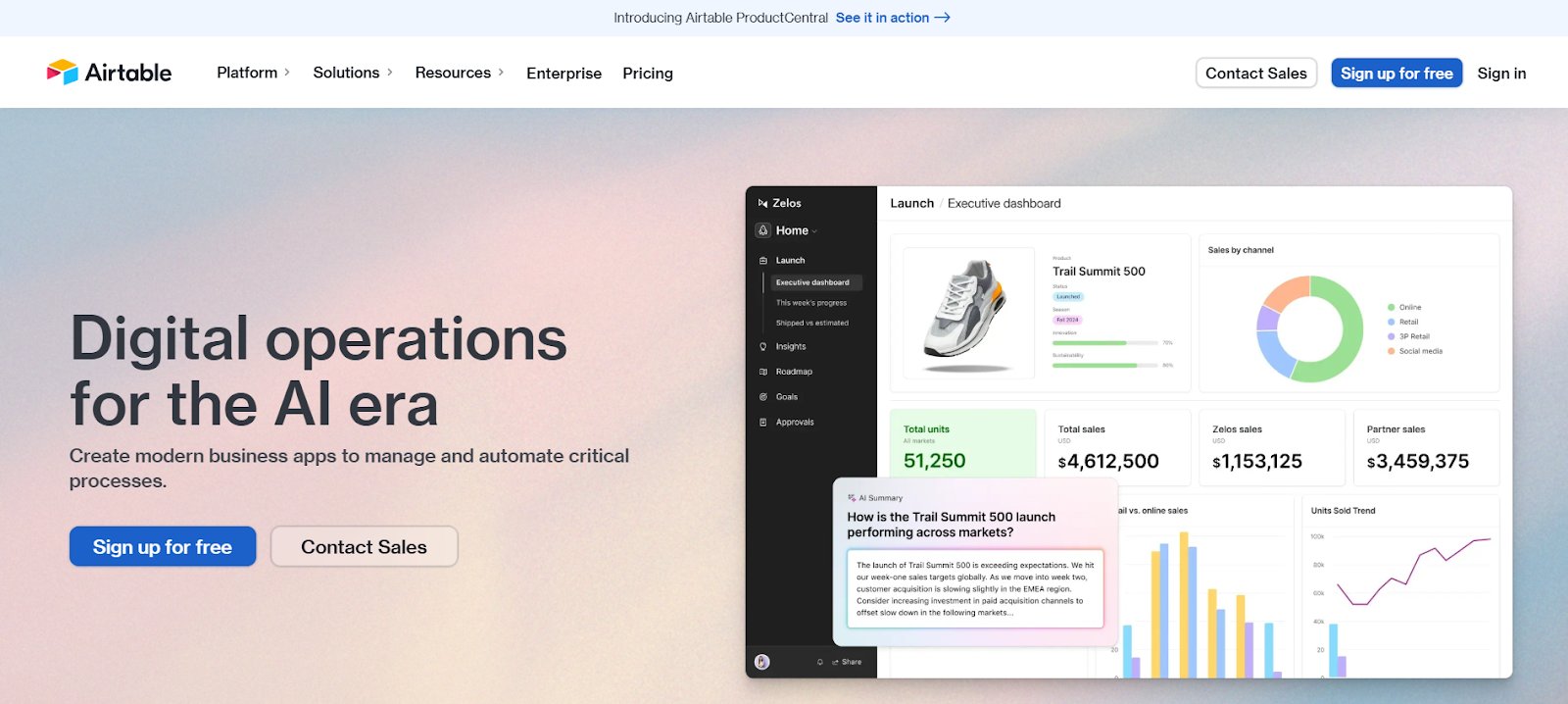
Airtable is a user-friendly platform that enables companies to create custom apps, automate workflows, and centralize data, making operations more agile and efficient.
It is designed for cross-department collaboration, connects processes, and aligns teams through shared verified data.
Moreover, Airtable AI enhances workflows by analyzing and organizing feedback data, uncovering insights, and accelerating decision-making, all while optimizing efficiency in daily tasks.
Integrations with tools like Jira, Salesforce, and Tableau make Airtable a central hub, ensuring seamless information flow and efficient cross-team collaboration.
Features: No-code Automation, Custom Interface Designer, Data Visualizations, Flexible Reporting Dashboards, Airtable AI
Pricing:
- Free: for individuals
- Team: $20/seat/month, billed annually- shared workflows for teams
- Business: $45/seat/month, billed annually- advanced features for teams
- Enterprise Scale: Custom pricing
Miro
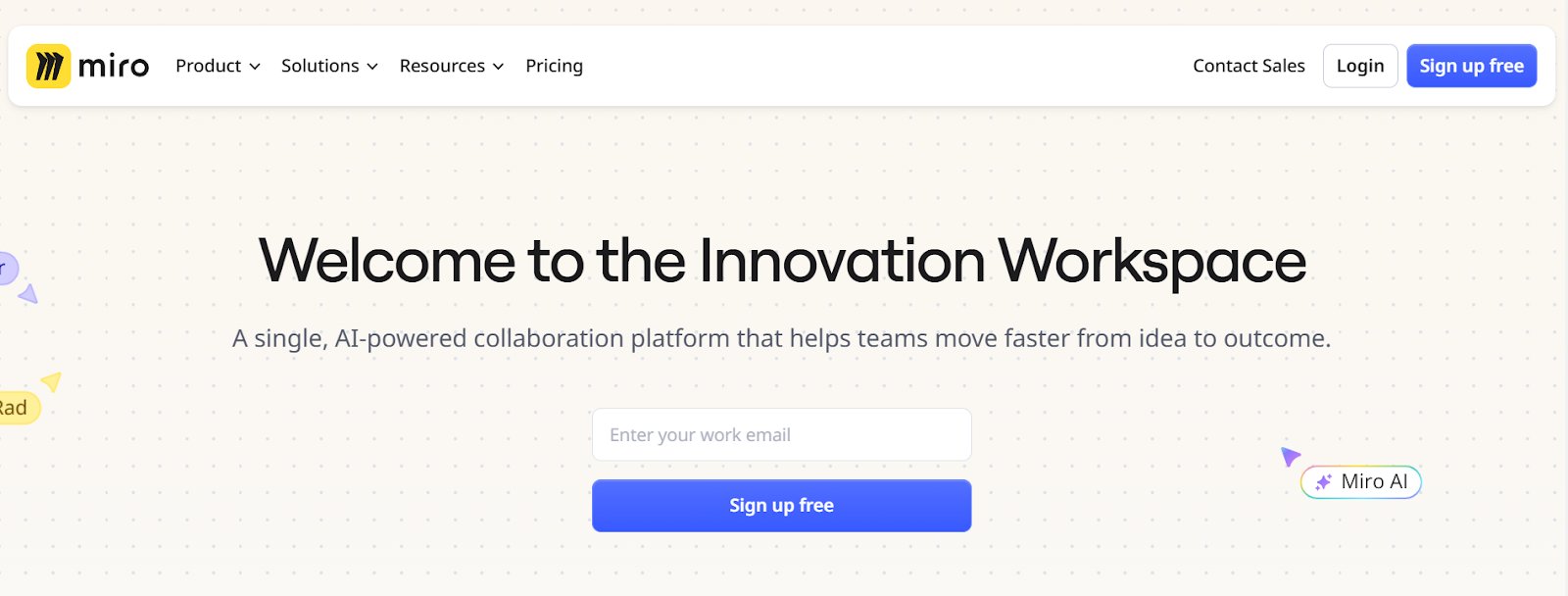
Miro is a digital innovation and collaboration platform designed to help teams collaborate visually and turn ideas into actionable outcomes. Its intelligent canvas allows teams to brainstorm, plan, and execute projects seamlessly, fostering creativity and productivity in one centralized space.
Further, Miro AI’s Smart Clustering feature automatically groups sticky notes by sentiment or keywords to identify patterns and efficiently make informed decisions.
Features: Mind Mapping, Customer Journey Mapping, Cloud Visualization, Intelligent Canvas, Miro AI
Pricing:
- Free: 3 boards for discovery of features
- Starter: $8/member/month, billed annually- unlimited boards and essential features
- Business: $16/member/month, billed annually- free trial for multiple teams, advanced tools
- Enterprise: Custom price
#3: UX research tools for user/usability testing
User/usability testing tools bridge the gap between assumptions and reality in product development, making them invaluable for teams building user-centered products while controlling costs.
Fixing usability issues after development can be up to 100 times more expensive than addressing them during design, so these platforms offer a cost-effective way to validate decisions early.
From quick preference tests to comprehensive usability studies, modern testing tools help teams gather actionable insights and build products that truly resonate with their target audience.
Loop11
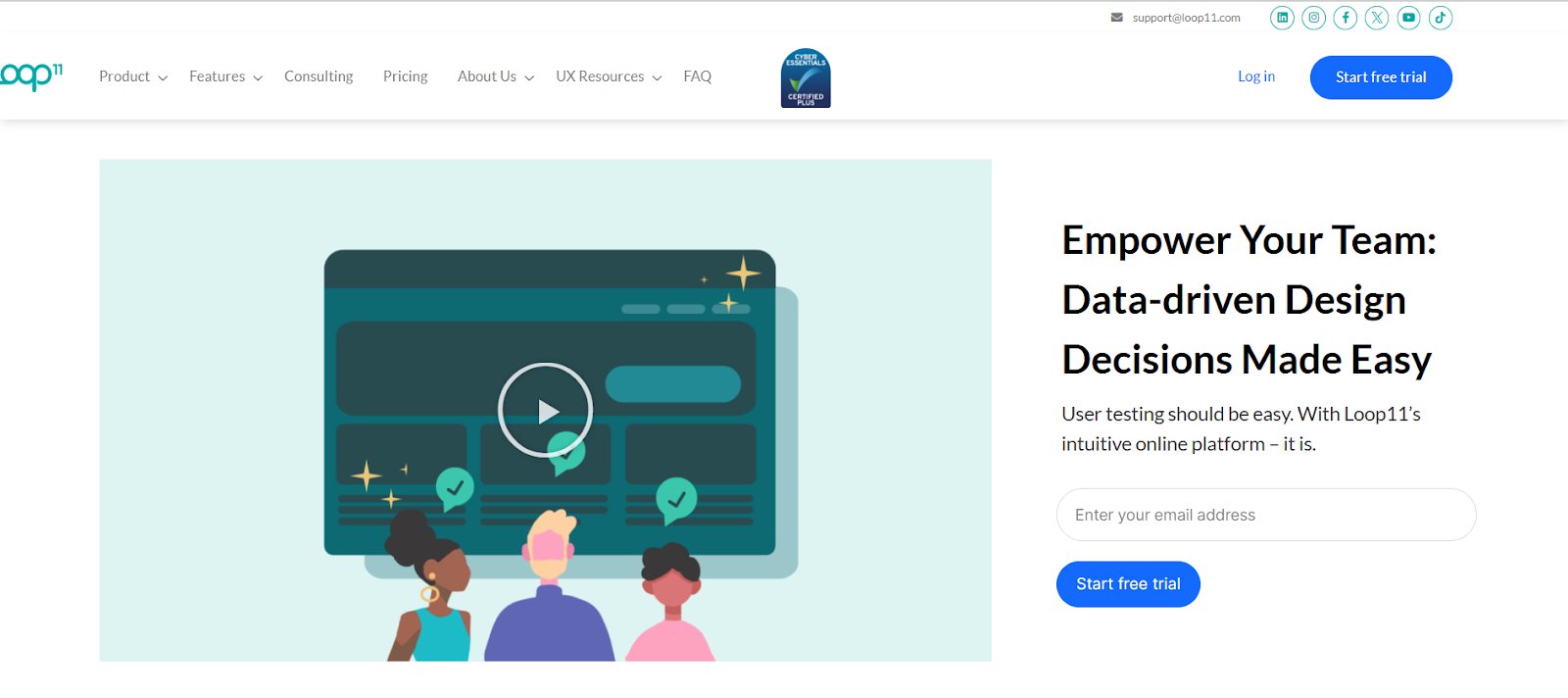
Loop11 offers an accessible approach to user testing. It provides teams with a straightforward way to gather usability insights across websites, wireframes, and prototypes, making it ideal for consultants and designers as a complement to lab-based testing.
The tool enables efficient studies and benchmarking on in-house and competitor sites without coding knowledge. With AI Insights powered by GPT-4, Loop11 automates data analysis, delivering summaries and recommendations to streamline design improvements.
Features: Moderated and unmoderated Testing, AI Insights, Heatmap Analysis, Session Recordings, Multi-Device Testing
Free Trial: A 14-day trial with all the Enterprise subscription features.
Pricing:
- Basic: $179/month, billed annually – for testing up to 3 small projects
- Pro: $358/month, billed annually – advanced features for testing up to 10 projects
- Enterprise: $533/month, billed annually – unlimited projects
Userlytics
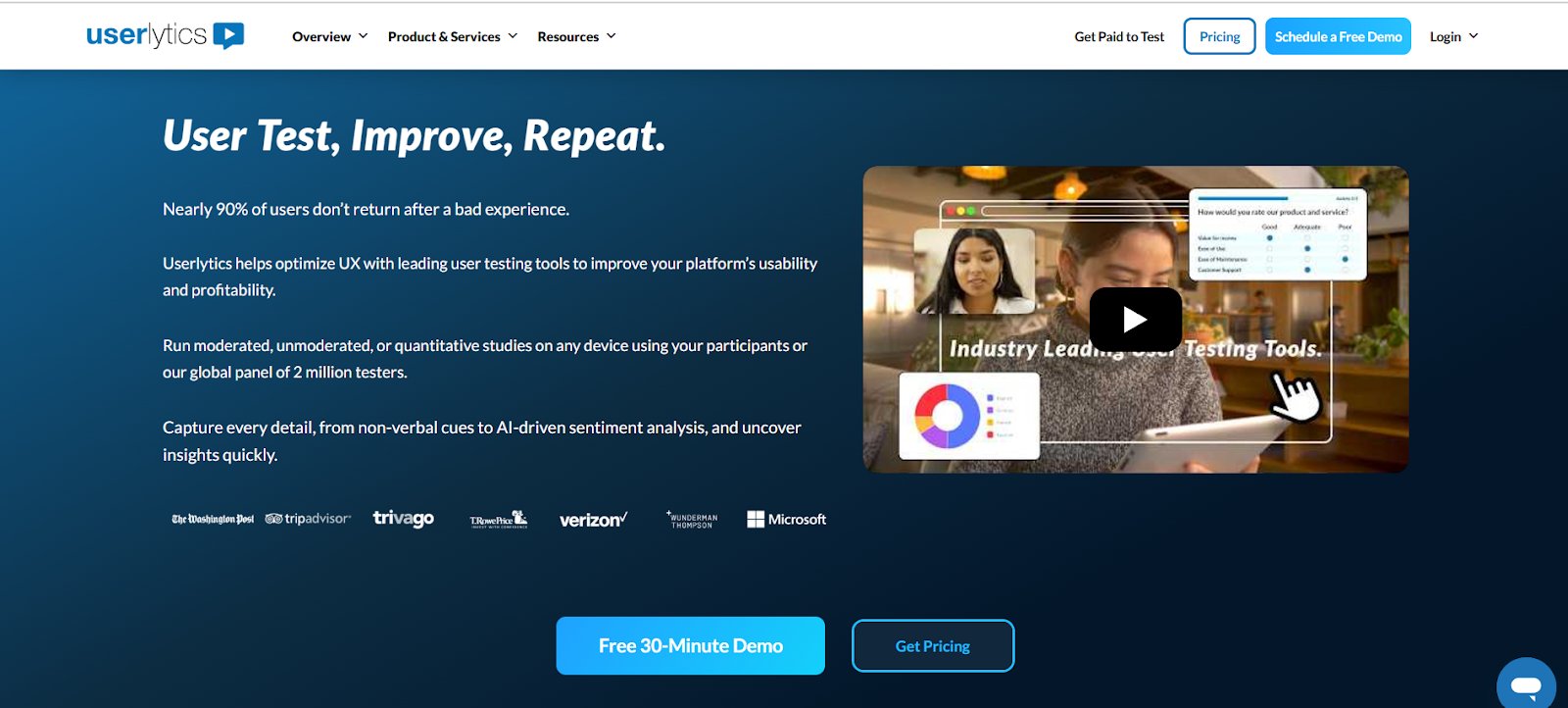
Userlytics equips businesses, non-profits, and startups with a full suite of user testing tools, enabling richer, data-driven insights into user experience. Supporting both moderated and unmoderated testing, it captures a full spectrum of user behavior, from non-verbal cues to AI-driven sentiment analysis.
Userlytics’ analytics dashboards provide insights into user experiences through tools like highlight reels, transcriptions, AI UX Analysis, and sentiment analysis, helping improve overall user satisfaction.
Features: First Click & Heatmaps, AI-Powered UX Analysis, Quantitative & Qualitative Insights, Moderated & Unmoderated Testing, X Second Test,
Free Trial: No
Pricing:
- Project Based: $99/session, for a minimum purchase of 5 participant sessions
- Enterprise: $34/session, annual plan with volume discounts
- Limitless: Custom quote
Maze
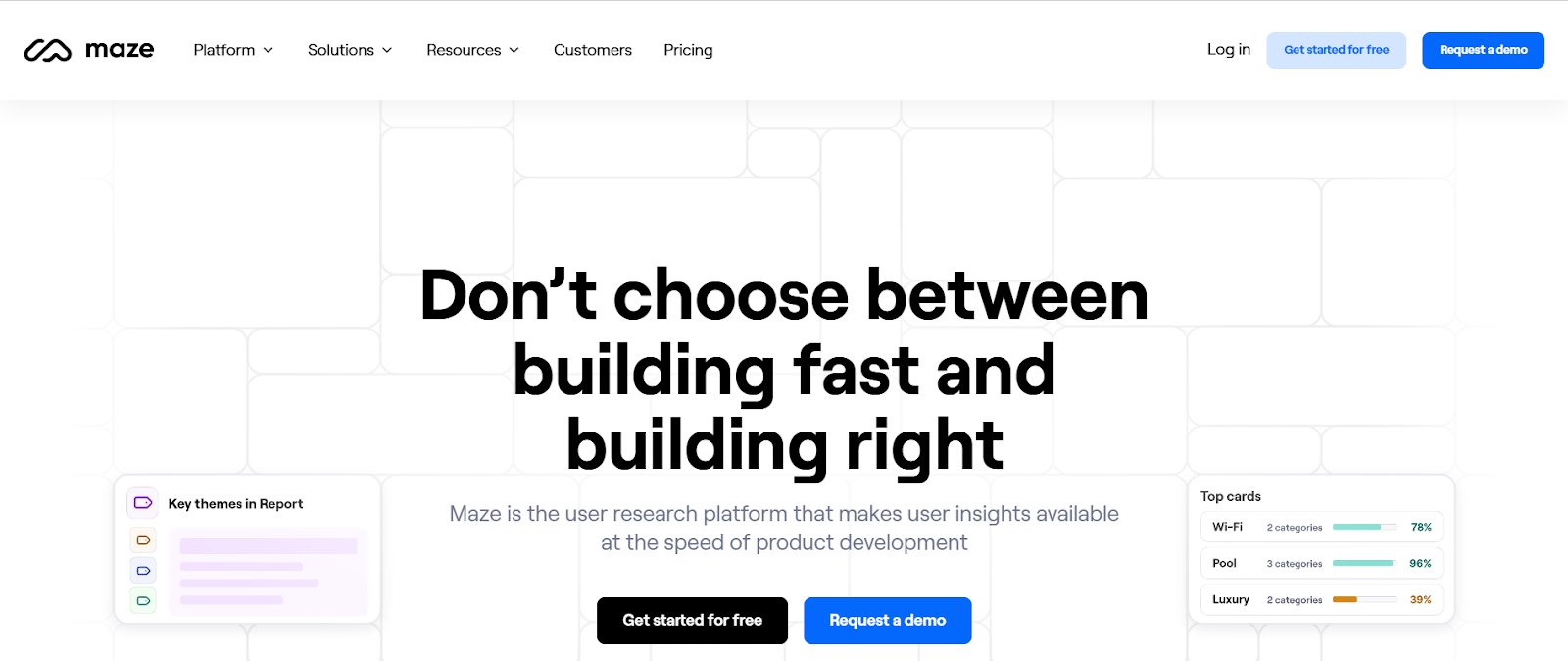
Maze enables teams to conduct user testing at the speed of development. Its unified platform covers surveys and prototype testing to interview studies, card sorting, and tree testing—all designed to help teams build user-centered products efficiently. Powered by AI, Maze provides auto-generated reports and key themes, allowing teams to collect, analyze, and share insights swiftly. This reduces rework and supports faster, data-driven decisions for market-ready products.
Features: Moderated & Unmoderated Testing, Prototype testing, Surveys, Card Testing, Tree Testing, Maze AI
Pricing:
- Free: 1 study/month for individuals
- Starter: $99/month, billed annually, for small teams interested in product research
- Organization: Custom pricing for product research along with full support and security.
#4. UX research tools for analytics
Analytics tools help you collect and analyze data to identify trends and guide data-driven decisions. These numbers show how visitors engage with your site and impact critical metrics. This provides a foundation for further qualitative behavioral research to enhance user experience.
Mixpanel

Mixpanel is a product analytics platform that helps companies understand user behavior, optimize conversions, and improve retention through actionable insights. Built for teams focused on user engagement and product-market fit, Mixpanel tracks interactions across web, mobile, and app environments, offering a real-time unified view of the customer journey.
With Mixpanel’s intuitive dashboards, anyone can access and analyze data instantly—no SQL expertise or analytics background is needed. This enables faster, more efficient data-driven decisions across organizations.
Features: Session Replays, Cohort Analysis, Anomaly Detection, Insights, Funnels, Retention, & Flow Reports, Custom Events
Pricing:
- Free: for personal projects
- Growth: From $24/month, 10k events and advanced analytics, prices scaling with events
- Enterprise: Custom quotes
Kissmetrics
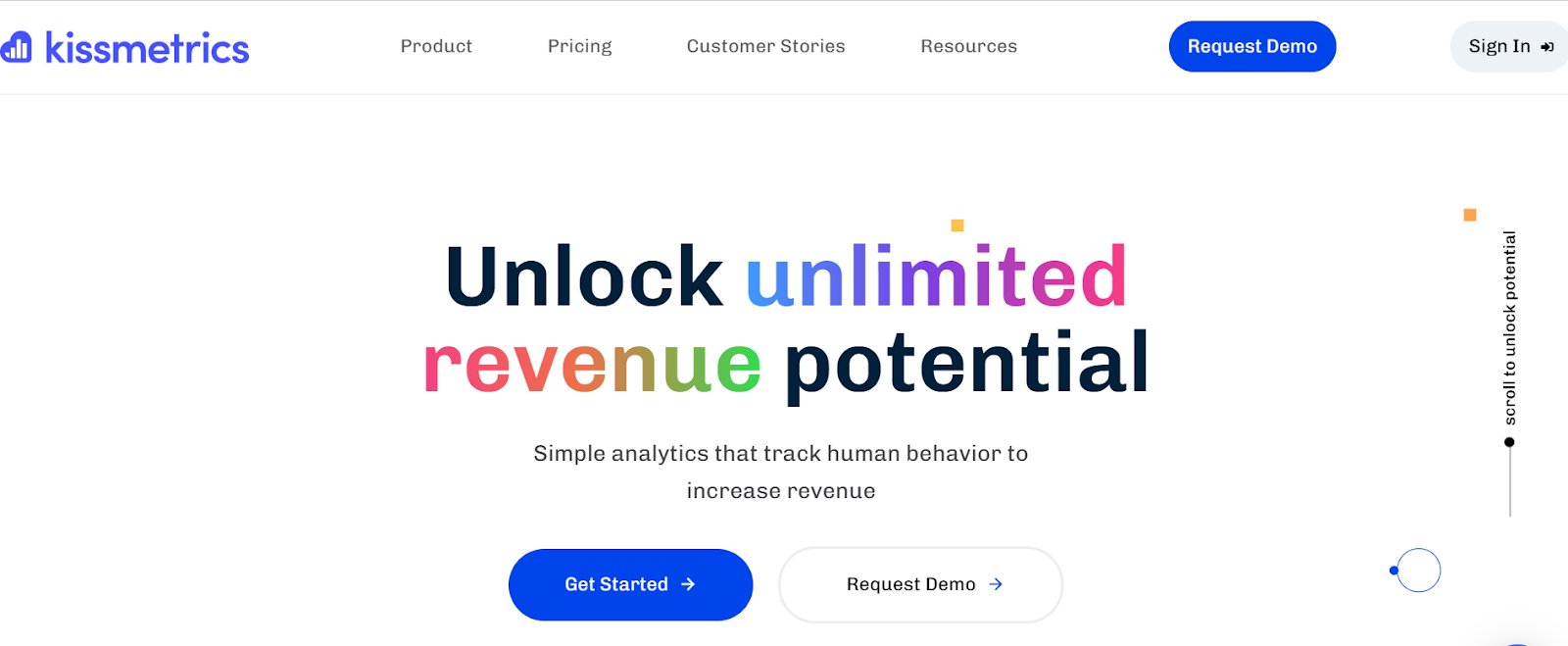
Kissmetrics is an analytics platform that helps businesses track customer behavior, boost engagement, and drive revenue. With a simple dashboard that ties actions to individual users, Kissmetrics helps teams uncover insights, identify bottlenecks, and reduce churn. Easy integrations and intuitive reporting provide quick access to customer data, turning analytics into actionable growth strategies.
Features: Easy to Use Dashboard, Cohort, Funnel, User Search & A/B Test Reports, Insights, Advanced BI Reporting, Email Automation
Pricing:
- Small teams: $299/month, billed annually
- Medium-sized teams: $499/month, billed annually
- Large teams: Custom
Looppanel
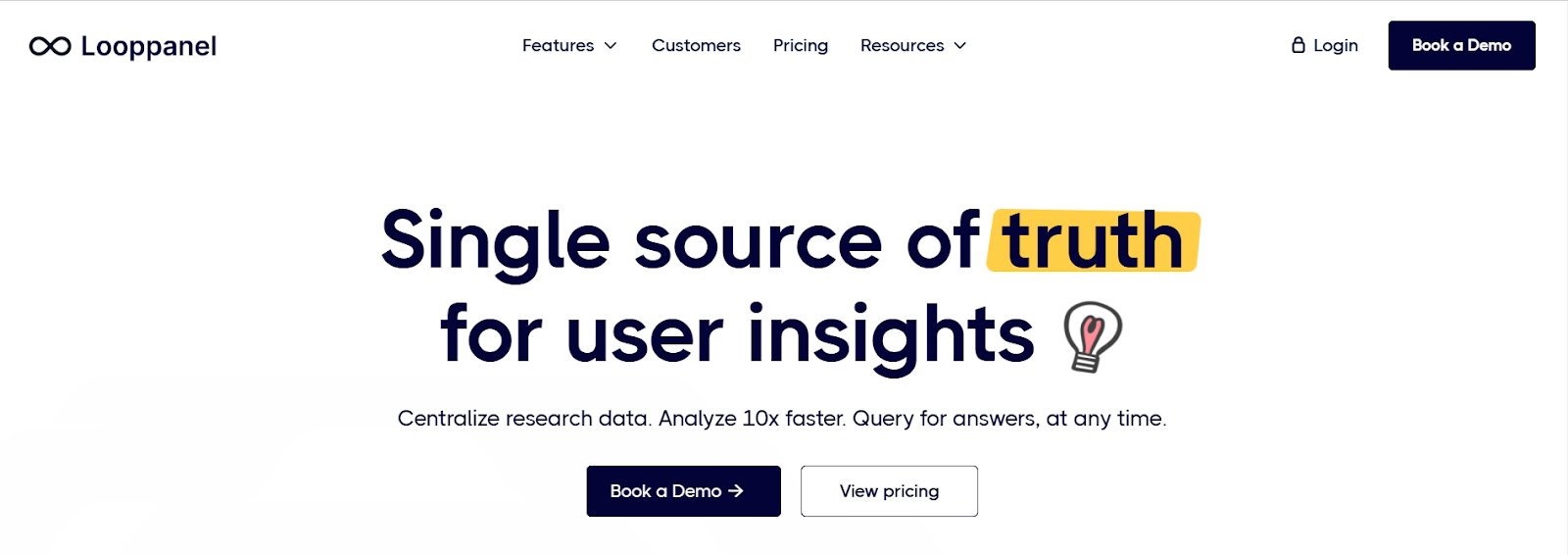
Looppanel is a user research analysis and repository platform that simplifies how teams manage, analyze, and utilize qualitative data. With accurate call recording, transcription, and centralized data storage, Looppanel enables researchers to uncover insights quickly.
AI-driven tools like automatic note organization and auto-tagging help streamline analysis, allowing teams to focus on valuable insights rather than tedious tasks.
Features: Analysis, Auto-Tagging for Theme discovery, Historical Data Search, AI-Powered Notes, Repository Features, 1-click video clips
Pricing:
- Solo: $27/month, billed annually- 15-day free trial for individual researchers
- Pro: $325/month, billed annually- for team collaboration and repository features
- Enterprise: Contact sales for a quote
#5. UX research tools for UX research repository
User research repository tools provide a centralized platform for storing, organizing, and analyzing user research data. These tools help teams manage qualitative and quantitative insights, making tracking patterns, uncovering themes, and accessing historical data easier.
Repository tools streamline the research process and improve collaboration, ensuring insights are readily available to drive user-focused strategies.
Dovetail
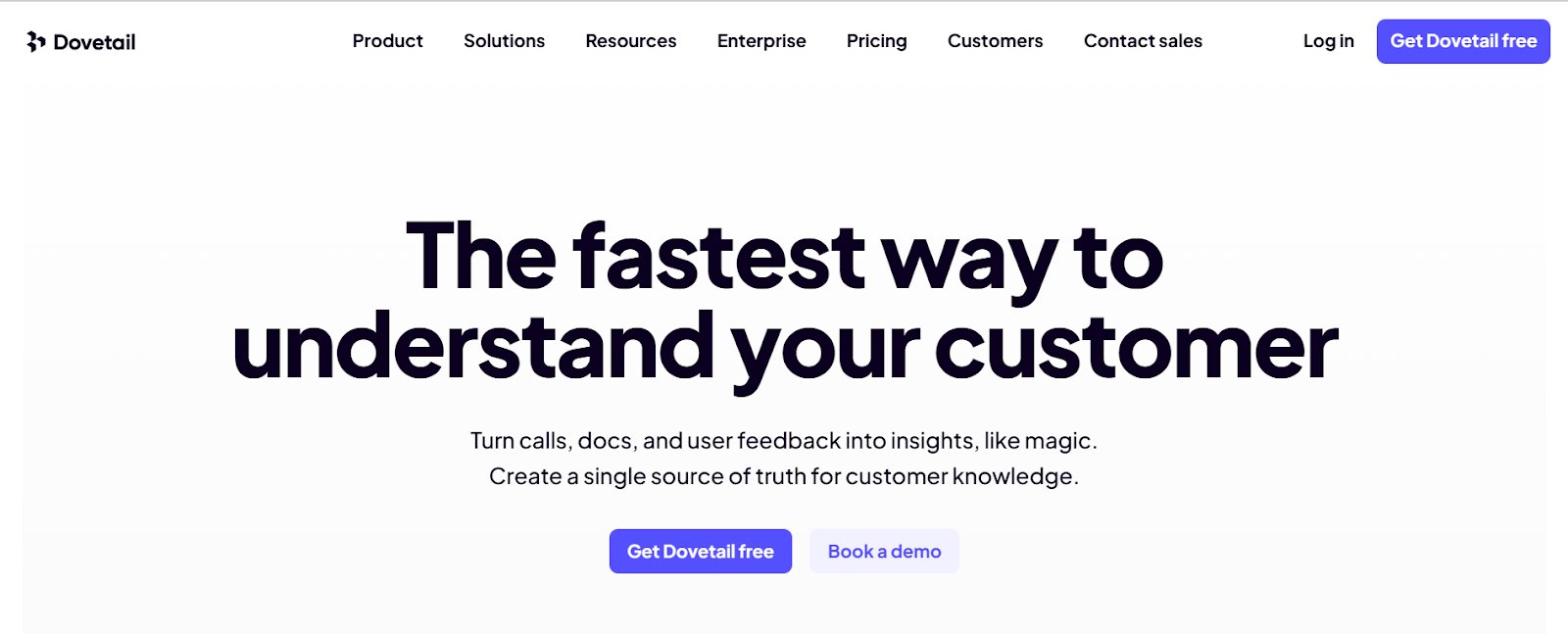
Dovetail is an AI-driven customer insights hub that offers a powerful UX research repository solution. It consolidates and organizes qualitative data from user feedback, interviews, and surveys into an accessible hub, turning scattered information into actionable insights.
With advanced AI, Dovetail uncovers critical patterns to guide design and product strategies. Seamless Slack and Teams integrations make sharing insights effortless, fostering collaboration and aligning teams around a customer-first approach.
Features: Centralized Repository, Customizable Dashboards, AI-Powered Analytics, Magic Features, Recruitment, Transcription & Auto Tagging
Pricing:
- Free: Automatic insights and magic features – 1 project
- Professional: $29/user/month, billed annually- Unlimited projects
- Enterprise: Contact sales for pricing- Org-wide collaboration
Condens
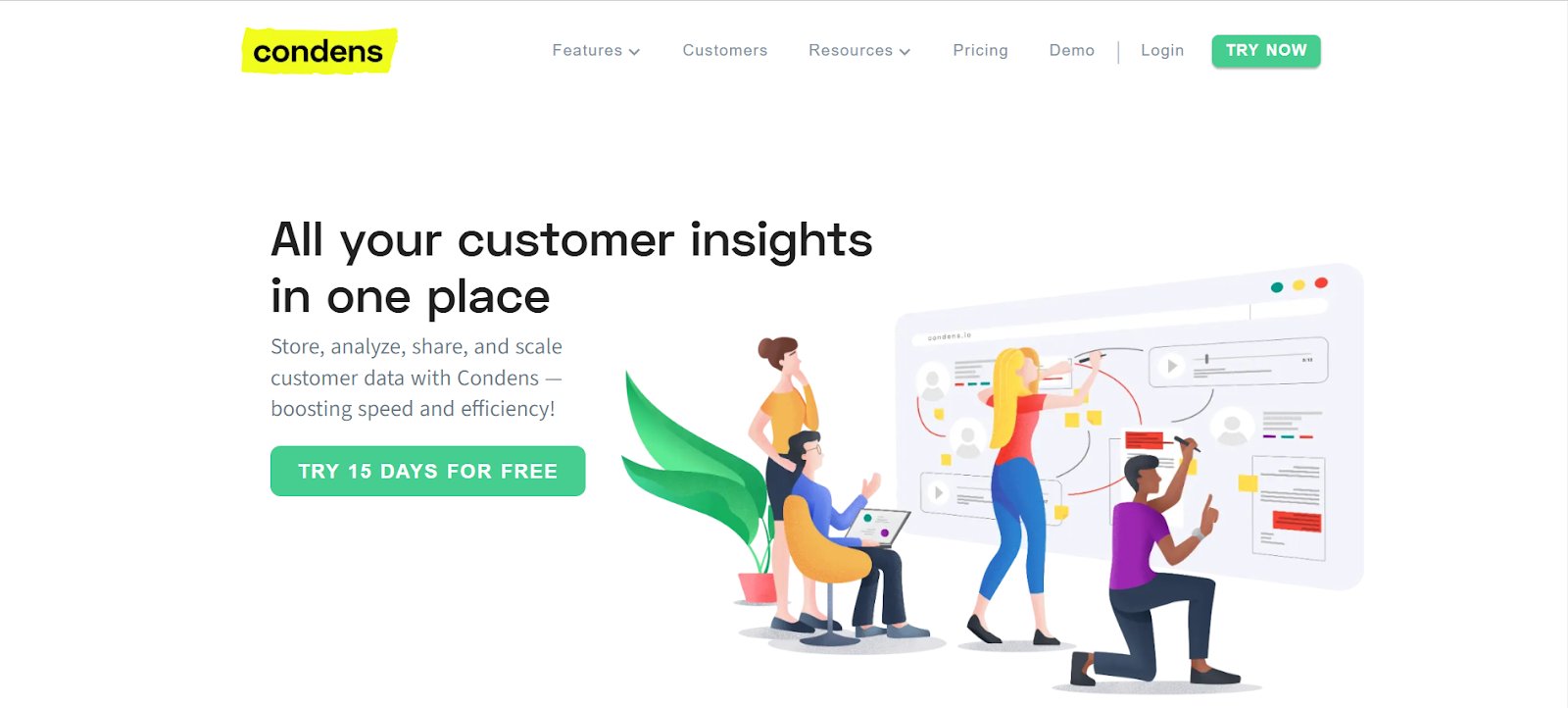
Condens is a UX research platform that centralizes notes, recordings, and user feedback into a single, organized hub. It resolves issues like scattered data and duplicate studies to ensure long-term value from insights.
With AI tools to automate redundant tasks and analyze data sets, you can focus on user research, streamline workflows, and discover important insights quickly.
Seamlessly integrating with tools like Slack and Teams, Condens empowers teams to collaborate efficiently and make customer-driven decisions backed by secure, accessible insights.
Features: Centralized Repository, Qualitative Data Analysis, AI Features, Auto-Summarize, Multi-lingual Transcription
Pricing:
- 15-day free trial for all plans
- Individual: $15/month, billed annually- analysis features
- Team: $190/month, billed annually- repository features
- Business: $450/month, billed annually- research feature across organizations
- Enterprise: $1200/month, billed annually- for businesses with custom requirements
Marvin
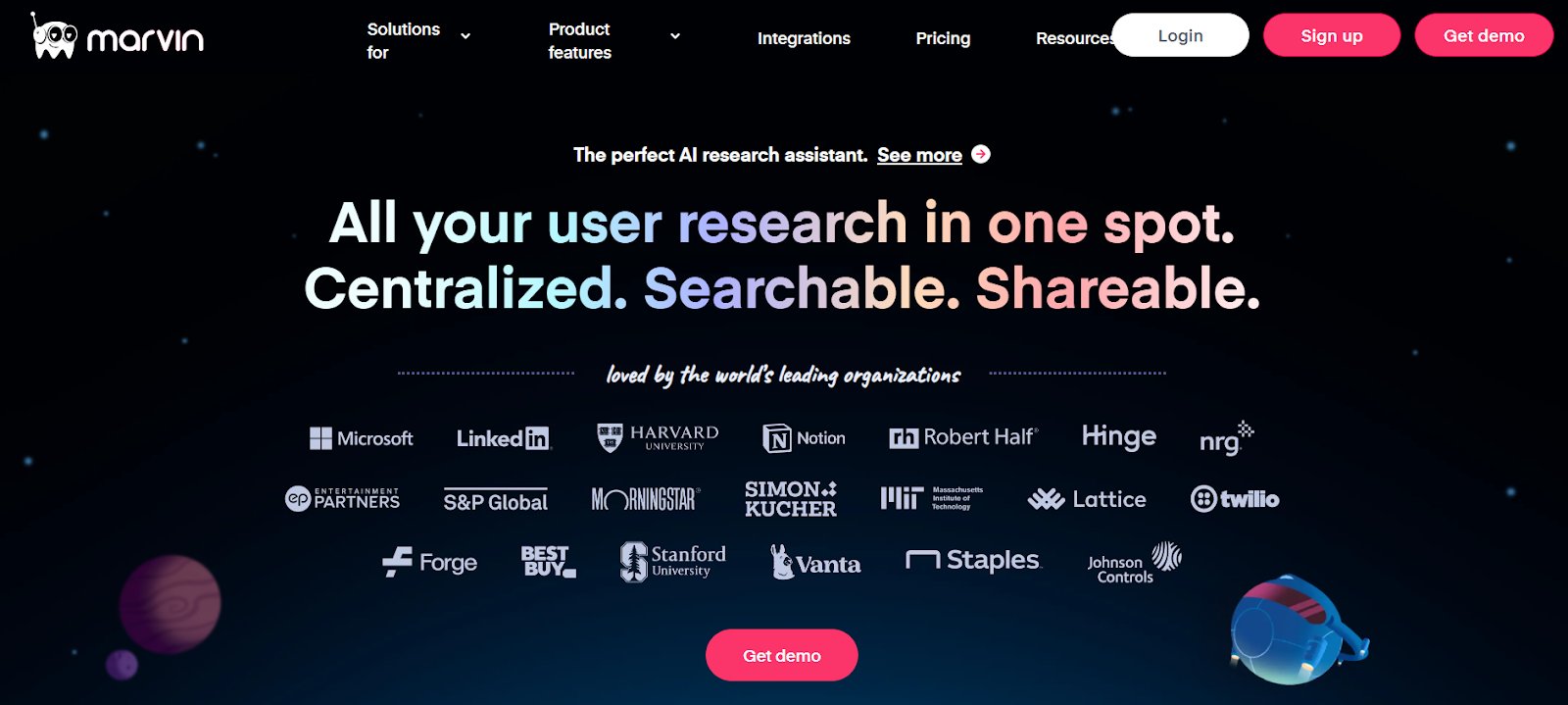
Marvin is a qualitative data analysis platform that centralizes customer data and simplifies research workflows. By automating tasks like transcription, synthesis, and analysis, Marvin helps teams focus on uncovering user insights and creating user-centric products.
Marvin’s AI research assistant consolidates user insights and uncovers patterns, enabling data-driven decisions with confidence and clarity.
Features: Research Repository, Workflow Automation, Data Visualization, AI Automated Tagging and Analysis, Integrations, AskAI Search
Pricing:
- 15-day free trial for all paid plans
- Free: Limited functionalities for small teams
- Essential: $50/month, billed annually- for startups
- Standard: $100/month, billed annually- for companies with multiple team collaboration
- Enterprise: Custom pricing- for large organizations
#6. UX research tools for participant interview and recruitment
Participant recruitment tools streamline the process of finding, screening, and engaging users who match specific research criteria. These tools target precise demographics and preferences, ensuring studies are conducted with relevant participants. By simplifying recruitment, they save time and effort while improving the quality and impact of research outcomes.
Dscout

Dscout provides a suite of tools for remote user studies, including Diary for capturing contextual insights, Live for interviews with transcription and screen sharing, and Express for flexible surveys.
With Recruit’s panel of over 100,000 vetted participants, sourcing quality users is seamless. Features like automated charts, word clouds, and extensive resources simplify research and analysis, helping teams uncover valuable insights efficiently.
Features: Auto-Recruitment, ML Open-Ended Analysis, Incentive Management, AI Analysis, Summaries, Transcription & Theme Generation
Pricing:
- Customizable subscription plans
- Get a quote
User Interviews
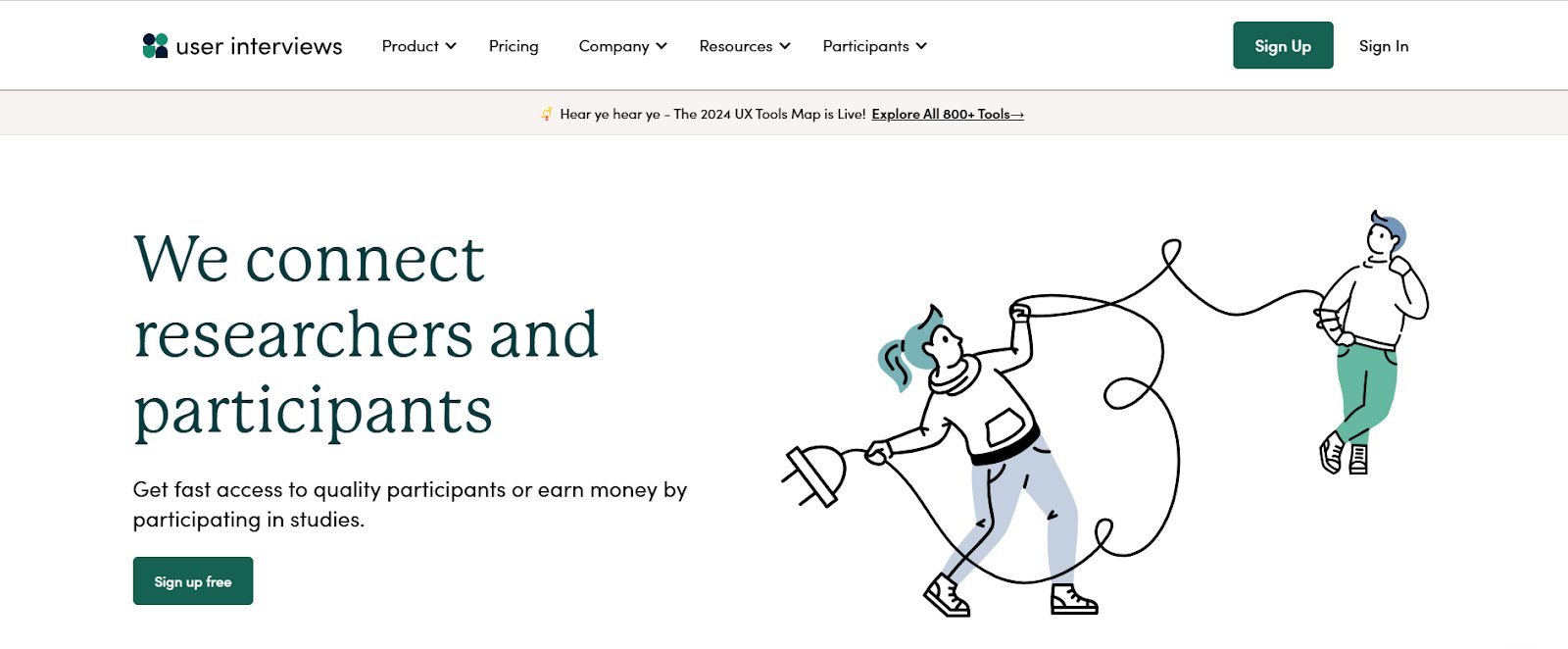
User Interviews simplifies finding the right participants across diverse professional and consumer segments with advanced targeting tools that filter by demographics, behaviors, job roles, and more. AI-powered matching, detailed screening, and participant verification ensure reliable insights while automating tasks like scheduling and incentives. Designed for speed and quality, it helps researchers quickly recruit and easily complete studies.
Features: Target, Screen, Schedule, Conduct, & Incentivize, Screener Surveys, AI-Powered Matching
Pricing:
- Pay as you go: $49/session- for occasional research
- Essential: $36/session, billed annually- 150 sessions for ongoing research
- Custom: Lowest rate billed annually- for high volume of research
Respondent
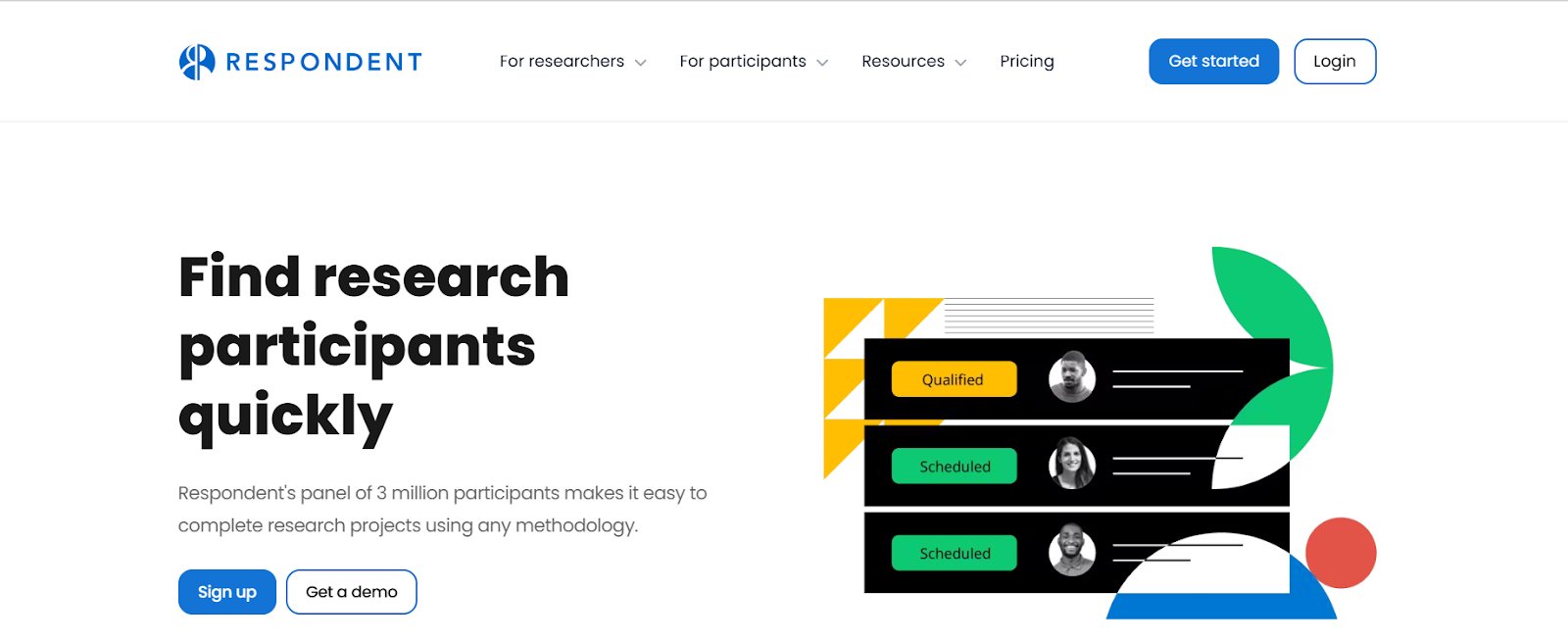
Respondent connects researchers with a high-quality, verified, diverse panel for qualitative studies like interviews and focus groups or quantitative methods like surveys and usability testing. Its advanced targeting and anti-fraud measures ensure high-quality participants, while automation features streamline tracking and payments. With global reach and compatibility across research methods, Respondent simplifies recruitment, allowing teams to focus on gathering meaningful insights.
Features: Scheduling Automation, Research Integrations, Targeting, Surveys, Integrations, Access to B2C and B2B Participants
Pricing:
- Pay as you go: $39/B2C credit; $65/B2B credit
- Basic: $33/B2C credit; $55/B2B credit
- Advanced: $24/B2C credit; $40/B2B credit
- Enterprise: TBD/per month
#7. UX research tools for surveys
Survey tools are essential for gathering direct user insights, enabling teams to collect quantitative and qualitative feedback efficiently. These tools help design, distribute, and analyze surveys, providing valuable data to understand user preferences, behaviors, and pain points. By streamlining the feedback process, survey tools empower businesses to make informed, user-driven decisions.
SurveyMonkey
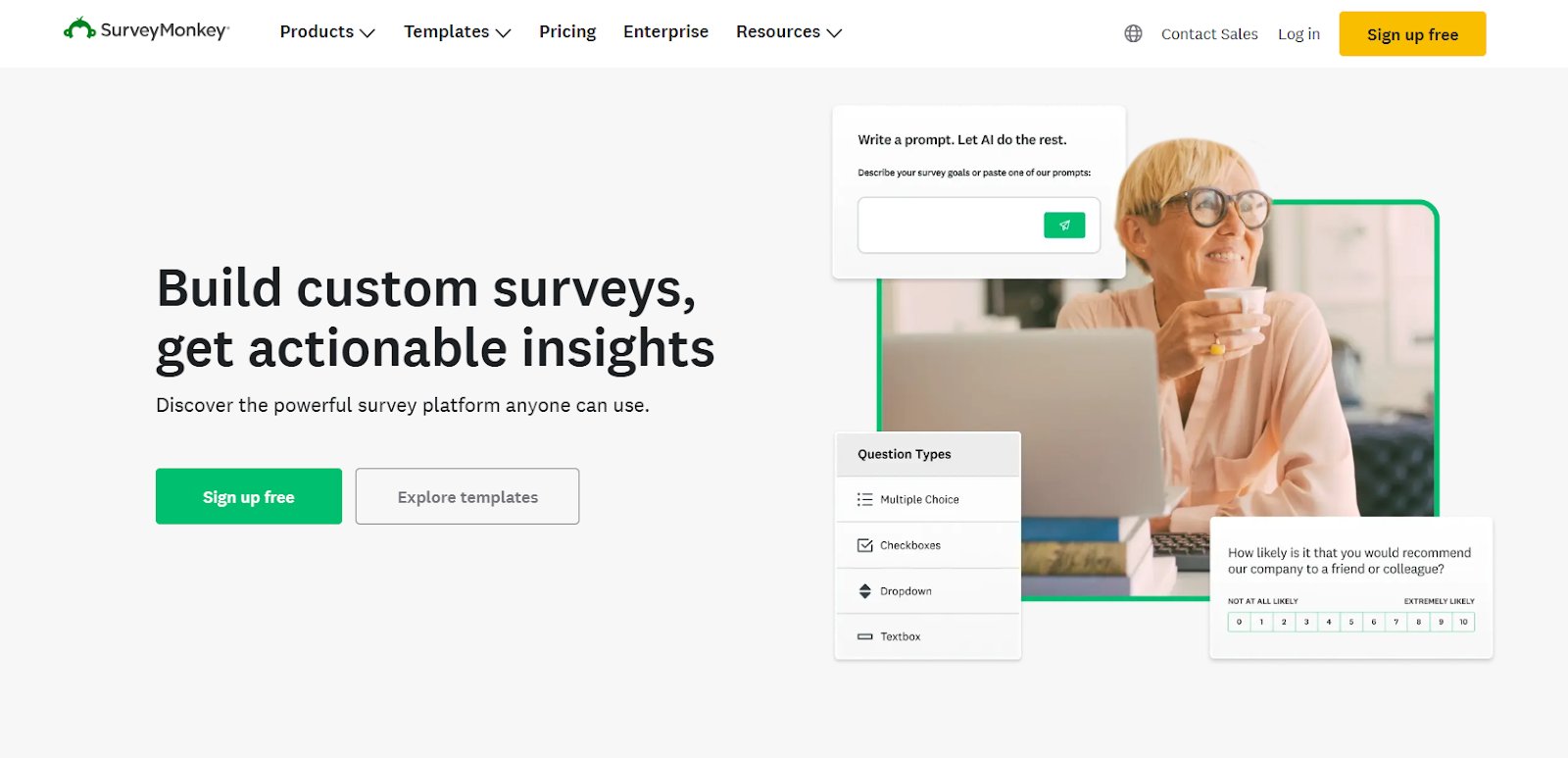
SurveyMonkey is a survey tool designed to help businesses gather meaningful customer feedback and insights. With its intuitive interface, customizable templates, and robust analytics, SurveyMonkey simplifies collecting and analyzing data, enabling data-driven strategies prioritizing customer satisfaction.
Features: SurveyMonkey Genius to create AI-powered surveys, Multi-survey analysis, and SurveyMonkey Audience for targeted insights
Pricing:
- Free sign-up is available.
- Basic plan: Always free to create unlimited surveys with ten questions each.
- Team plans: $25/user/month, billed annually, beginning at three users.
Typeform
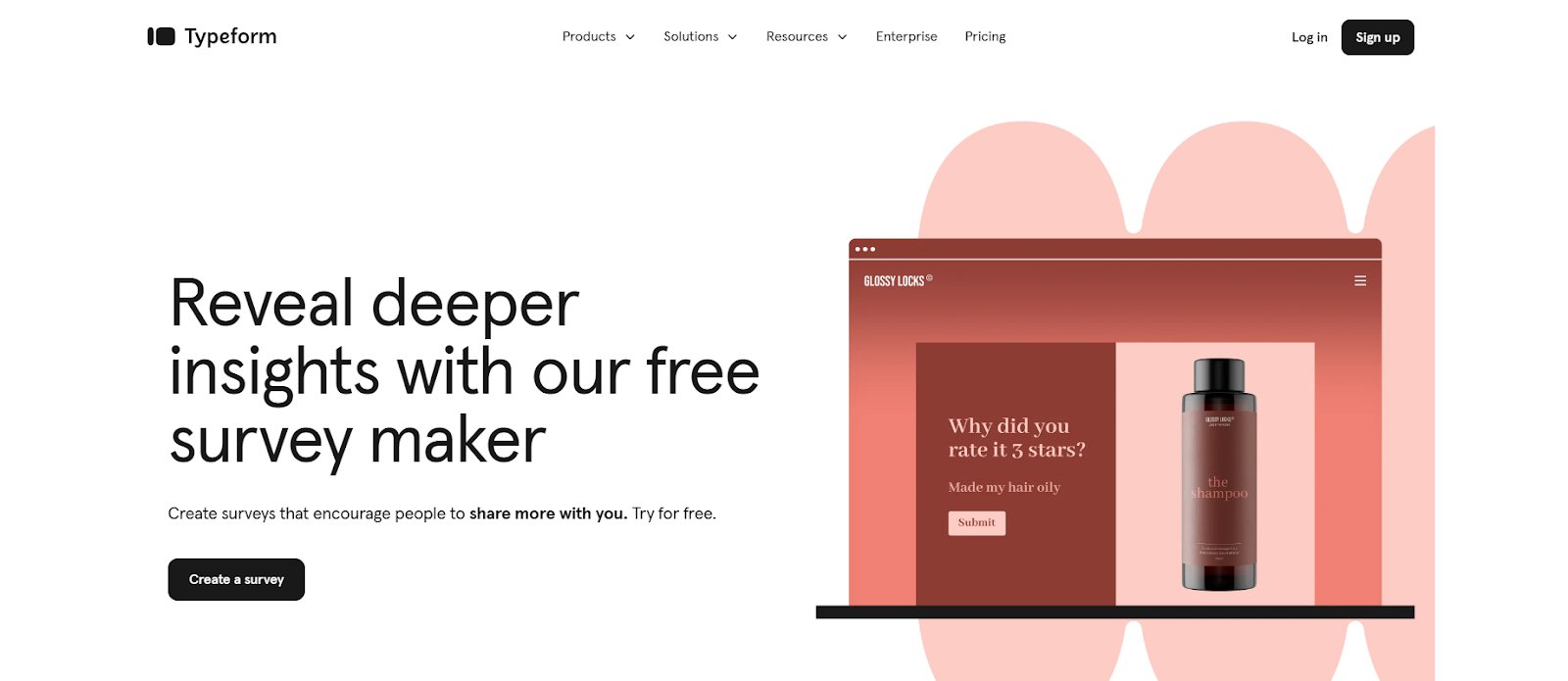
Typeform is a free online survey tool for gathering customer feedback, market research insights, event registrations, and lead details. Designed for businesses, educators, and creators, Typeform offers a user-friendly interface and customizable templates, making data collection engaging and efficient across a wide range of use cases.
Features: Multiple Question Types, Stats such as Completion Rate and Drop-Off Rates, Survey Logic, Survey Link, NPS Surveys
Pricing:
- Free plan: Explore all features
- Paid plans: Starts at $25/month, billed annually
Google Forms
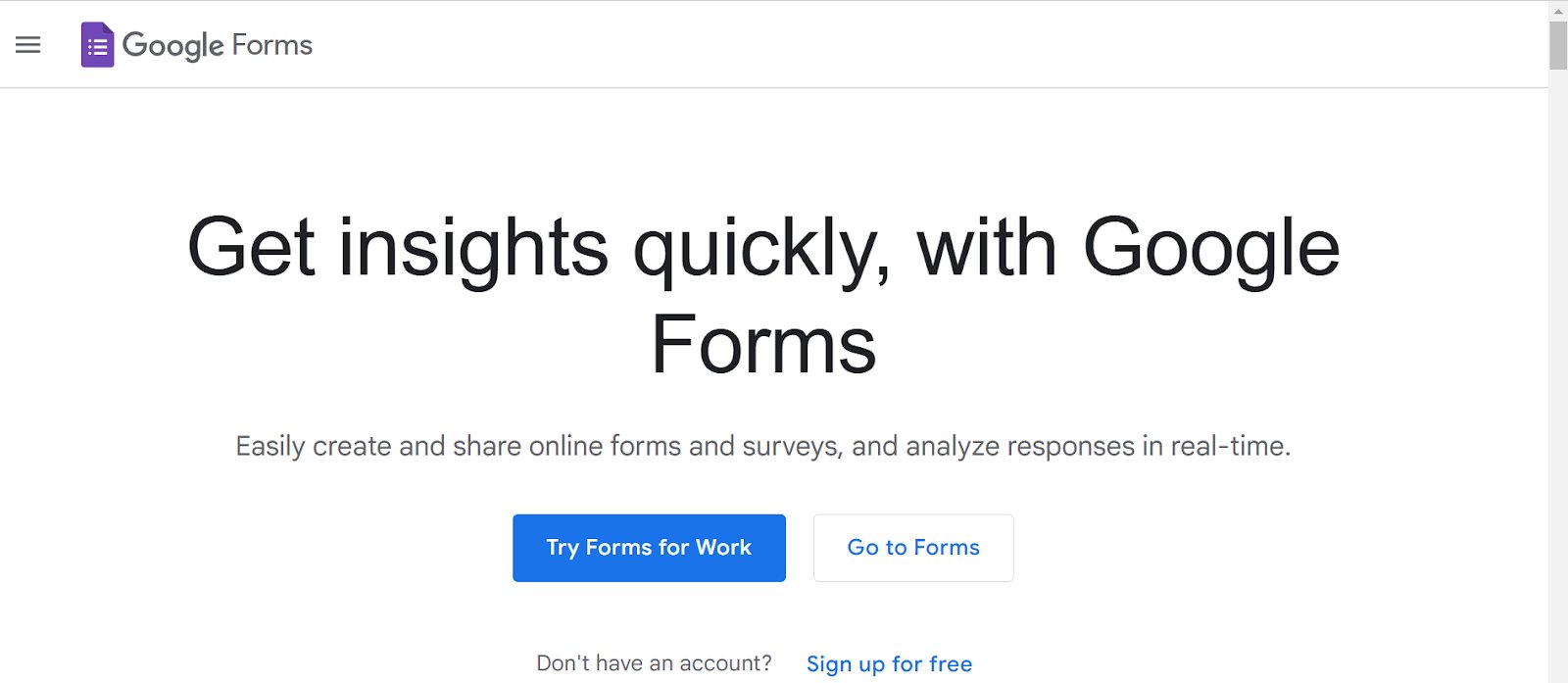
Google Forms, part of Google Workspace, is a free and simple-to-use tool for creating online surveys, quizzes, and forms. It is suitable for personal and professional use, features customizable question types, and supports real-time collaboration. It is a versatile solution for event registrations, customer feedback, and more tasks.
Features: Unlimited surveys, real-time response tracking, automatic data summaries, mobile and desktop accessibility
Pricing:
- Personal plan: Free
- Business plan: $12/user/month, billed annually
Best UX research tools – Summary
| S.No. | UX Research Tool | Features | Pricing |
| 1 | VWO | VWO Insights, AI-Powered Surveys, Data360, Plan, Testing | Free trial: 30 days, all features inclusive Paid: Custom pricing |
| 2 | Notion | Personalized Editor, AI Connectors Beta, Notion AI, 20000+ Templates, Wiki, Docs & Projects | Free: for individuals Paid: from $10/month |
| 3 | Loop11 | Moderated and unmoderated Testing, AI Insights, Heatmap Analysis, Session Recordings, Multi-Device Testing | 14-day free trial Paid: from $170/month |
| 4 | Mixpanel | Session Replays, Cohort Analysis, Anomaly Detection, Insights, Funnels, Retention, & Flow Reports, Custom Events | Free: for personal projects Paid: from $24/month |
| 5 | Dovetail | Centralized Repository, Customizable Dashboards, AI-Powered Analytics, Magic Features, Recruitment, Transcription & Auto Tagging | Free: 1 project Paid: from $29/user/month |
| 6 | Dscout | Auto-Recruitment, ML Open-Ended Analysis, Incentive Management, AI Analysis, Summaries, Transcription & Theme Generation | Customizable subscription plans |
Other good UX research tools
- Evernote
- UsabilityHub (Now Lyssna)
- Lookback
- Hotjar
- Optimal Workshop
- Rally
- Ethnio
- Qualtrics
- UserTesting
- UXarmy
- PostHog
- Figjam
- Calendly
Conclusion
As we’ve explored the top UX research tools of 2026, one thing is clear: the success of any digital product hinges on understanding user behavior and turning insights into meaningful improvements.
VWO empowers teams with a unified platform that combines user research and experimentation, managing the entire UX research and optimization process from start to finish.
Start your 30-day free trial today and discover how VWO can transform your UX research and optimization process.
FAQs
A UX research tool is software designed to help researchers gather, analyze, and act on data about how users interact with digital products.
UX research methods include qualitative and quantitative approaches, such as usability testing, user interviews, surveys, behavioral analytics, user interviews, and recruitment.
UX tools streamline the research process, enabling teams to create user-centric designs, improve engagement, and enhance overall satisfaction.
A UX research platform differs from traditional user testing by providing a comprehensive suite of tools and methodologies for continuously gathering user feedback and insights throughout the design process rather than just focusing on isolated testing sessions at the end of development.
Yes, UX research can be conducted remotely through methods such as online surveys, remote usability testing, and virtual interviews. These allow researchers to gather insights from users regardless of their location.
Yes, many UX research platforms offer flexible pricing plans, making them accessible to small businesses. These tools help smaller teams gain valuable user insights to improve products and compete effectively in the market.
UX research platforms should be used throughout the design process—during initial user research, prototyping, testing, and post-launch optimization. Regular research ensures ongoing user feedback and iterative improvements.
Yes, a UX research platform can be used for mobile app development to gather user insights, test usability, and refine design based on user feedback. Some examples are VWO, Maze, and UserTesting.
Yes, data privacy is a significant concern with UX research platforms, as they often collect sensitive user information. Reputable platforms follow strict security measures and comply with regulations like GDPR to ensure user data is collected and stored securely.
UX research can be conducted without users by utilizing methods such as competitive analysis, which involves analyzing competitors’ strengths and weaknesses, strategies, and products.
Another approach is expert reviews, where professionals evaluate designs based on usability principles.
UX (User Experience) research focuses on how users interact with a product or service, aiming to improve functionality and usability. CX (Customer Experience) research takes a broader view, considering the entire customer journey, including interactions with support, marketing, and brand perception.
Users for UX research can be found through recruitment tools like User Interviews, Respondent, or Dscout. Additionally, you can recruit users from your existing customer base via email lists, social media, or on-site surveys.
User research can be measured through qualitative analysis of user feedback and quantitative metrics like task completion rates. Usability testing results further assess the effectiveness and efficiency of the user experience.
UX research data can be organized using research repository tools like Dovetail or Condens, which centralize notes, recordings, and insights. Categorizing data by themes, projects, or user segments ensures easy access and actionable analysis.




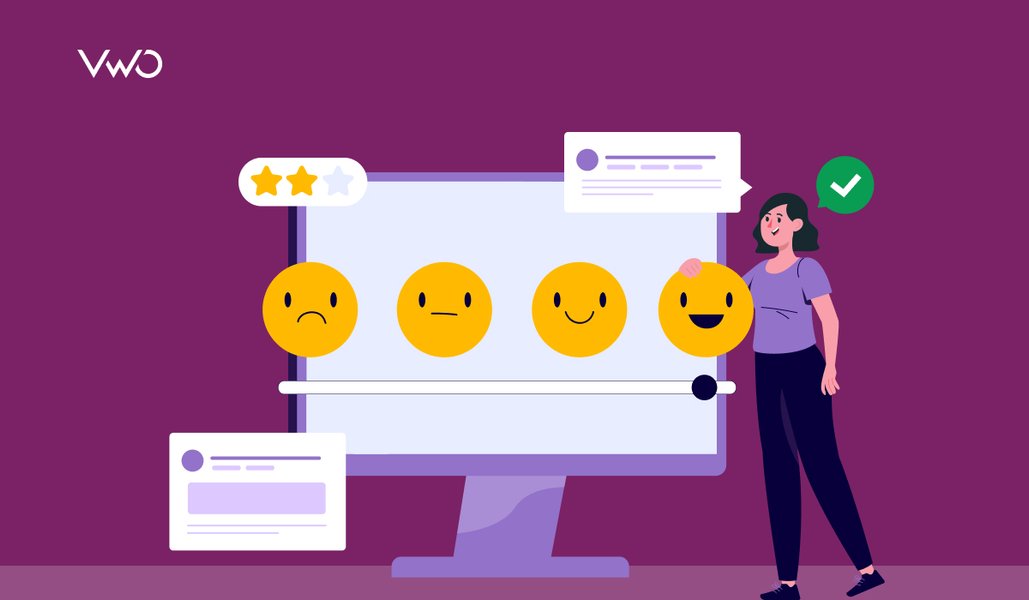




![10 Best Product Management Tools [2026]](https://static.wingify.com/gcp/uploads/sites/3/2025/01/Feature-image-10-Best-Product-Management-Tools-2025.jpg?tr=h-600)












